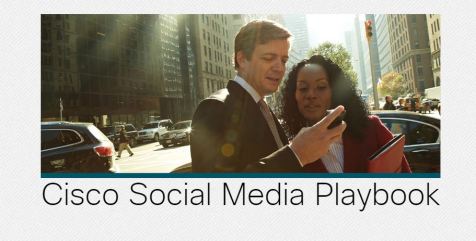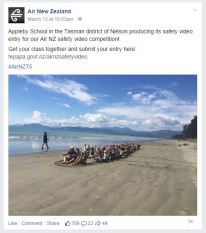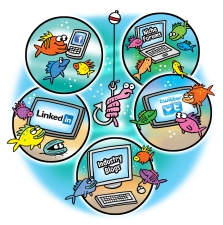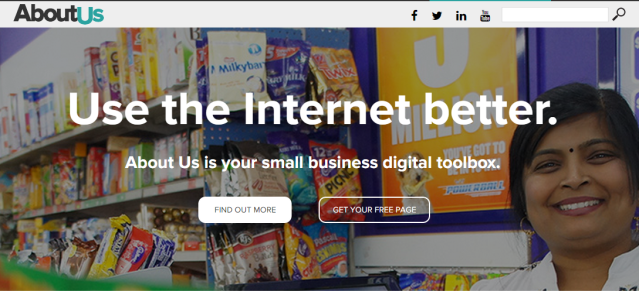If a business is going to do Social Media there needs to be a plan and more importantly the people who are to be involved need to understand what that is. Not sure what that means? Check out Cisco’s S.O.C.I.A.L. approach.
Lets face it, this a huge multinational company with a large pool of resources but their approach is just as relevant to small business.
Company Culture
Cisco’s approach has been to create a culture within the organisation that is open to staff being involved and encouraging the use of Social Media. They have done this by not necessarily telling people the ‘rules’ but creating the boundaries for staff to work within. The culture within your business and how people interact will determine how successful social networking may work for you, but the key to success is to encourage staff to be involved and give guidance for ‘how to’ rather than restricting access and punishing failures.
Start at the Start
Cisco have developed a clear Social Media policy and no employee will engage in Social Media without being trained in the company’s approach. They have included this in their code of conduct, they identify it as part of the hiring process and it is key to their training program. Essentially they ‘talk the talk’. It is not a manual you read and sign at the bottom to say you have completed it, they show you how it is to be incorporated in all tasks you, and others around you, undertake.
What is Important?
Listening! Sounds simple but it takes practice to be a good listener. Cisco acknowledge that encouraging two way contact with customers is only the first step in the process. What they actually want to achieve is turning this into business value. They have a process to determine what types of information you may receive and then how to determine what they are and when to respond.
This engagement of two-way conversation will enable the establishment of brand loyalty and trust with customers, and in the new world of Social Media we are learning this is what drives customers purchasing decisions.
How to – the 5 ‘W’s
This is a great example of boundaries and is really the practical ‘How-To’ for Social Media within a business.
Why we are doing this? This is the company’s objectives and where we want to be in the future
Who is doing this well? Encouraging staff participation and celebrating the successes.
What are we saying to our customers? The language to be used and the expectations of the conservsations – human, honest and authentic
When are we available? Always on and encouraging lots of communication rather than restricting access.
Where are we connecting? Identifying times or mediums that are better for communicating. Determining the need for contact via multiple channels.
Is it working?
You can’t understand how well you are doing unless you have a way to measure your success. Depending on company goals and objectives you will need to determine what success may look like and if engagement with Social Media is contributing to these. Employees can be involved by having specific performance criteria and by being rewarded for achieving certain levels of achievement. This can be successful across all levels of management and can encourage all staff to buy-in.
Cisco’s S.O.C.I.A.L. approach is very clear. They make it available for both employees and customers to see. As a small business this approach will help produce a clear outline of how you see it working and help your employees understand your objectives. In the words of Erik Qualman………
















